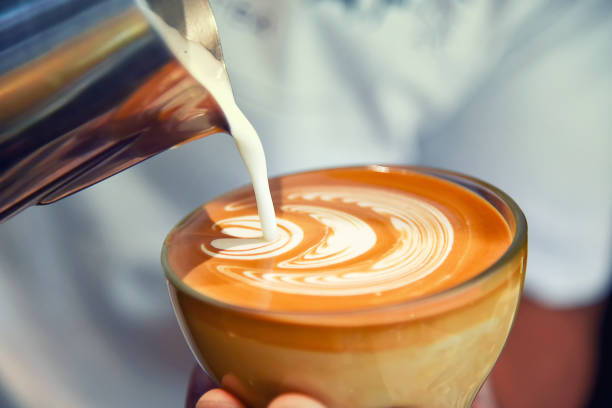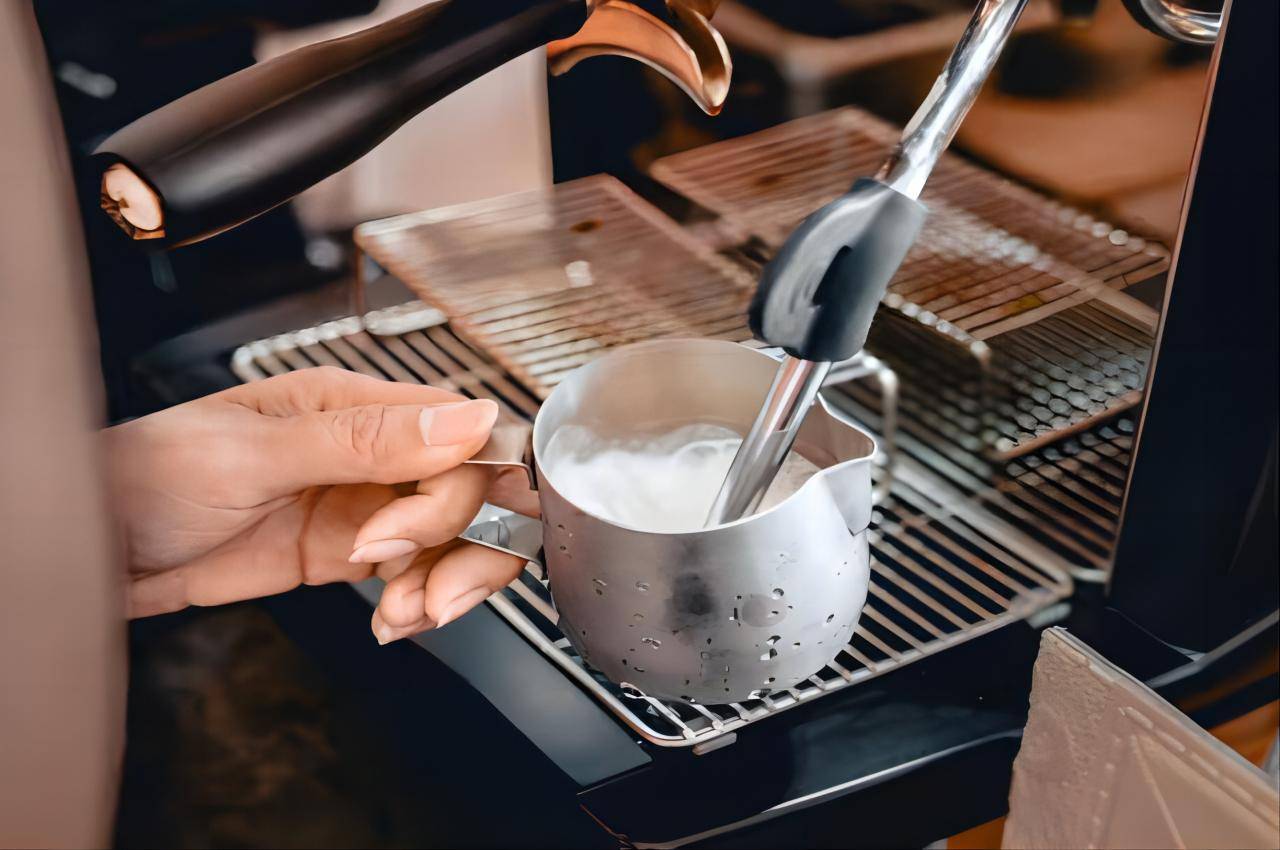How Many Bars of Pressure For the Perfect Coffee and Espresso?
When it comes to brewing coffee and espresso, the right amount of pressure plays a crucial role in achieving that perfect cup. The pressure exerted during the extraction process impacts the taste, aroma, and overall quality of your brew.
Let’s explore the significance of pressure in coffee and espresso making, understand the concept of bars, discuss the ideal pressure levels, and explore the role of pressure in different types of coffee machines.
Subscribe
To join our mailing list and never miss event update!
Understanding Bars of Pressure

The Ideal Pressure Level
Impact of Pressure on Coffee and Aroma

Unleashing the Power of Crema
Coffee Machines and Pressure
Final Words
Pressure is an integral part of brewing the perfect coffee and espresso. Understanding the concept of bars and its influence on flavors, aroma, and crema is crucial for coffee enthusiasts and baristas alike.
Pump coffee machines, with their ability to generate at least 15 bars of pressure, are often regarded as the ideal choice for creating exceptional espresso. By selecting the right coffee machine and maintaining consistent pressure, you can unlock a world of delightful flavors in every sip.
Subscribe
To join our mailing list and never miss a baby update!

